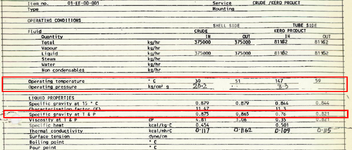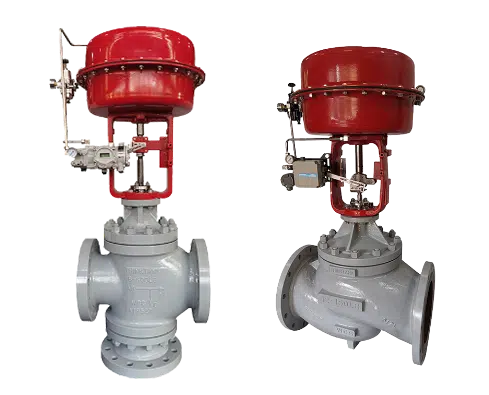Beginner - Inspector
Petroleum
- Mar 20, 2020
- 27

I want to calculate the density of crude and Kero Product , the Specific gravity is given at T & P, whether I have to multiply it with 1000kg /m3 (density of water @4 degree Celcius) or I have to find the density of water at that particular temperature and pressure and then multiply with SG.
PLEASE ADVISE !!!


